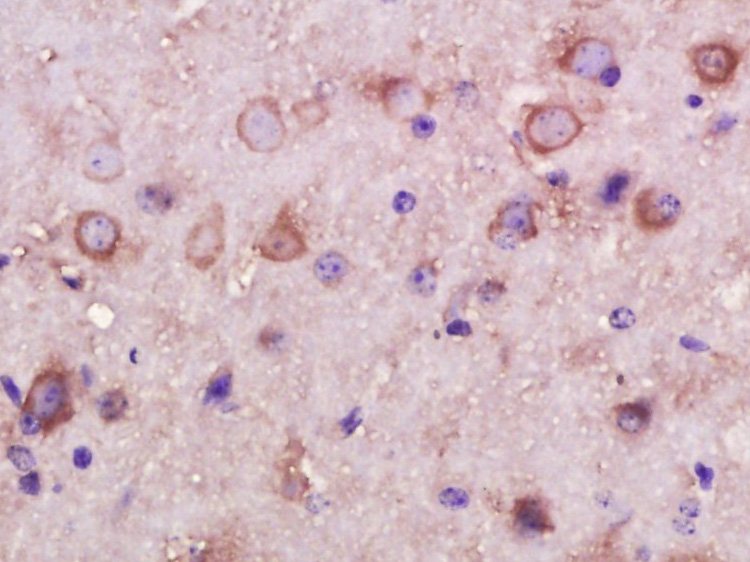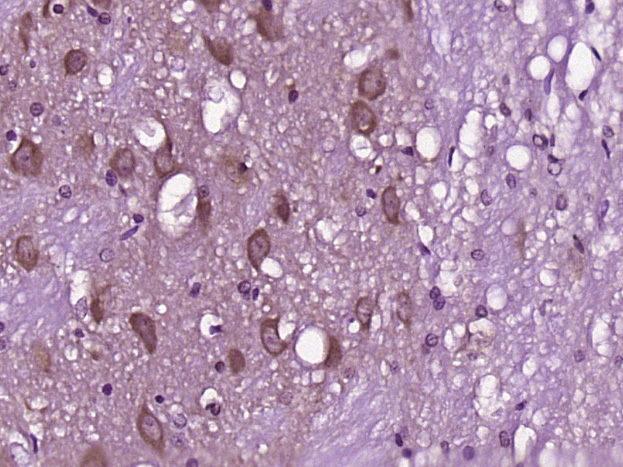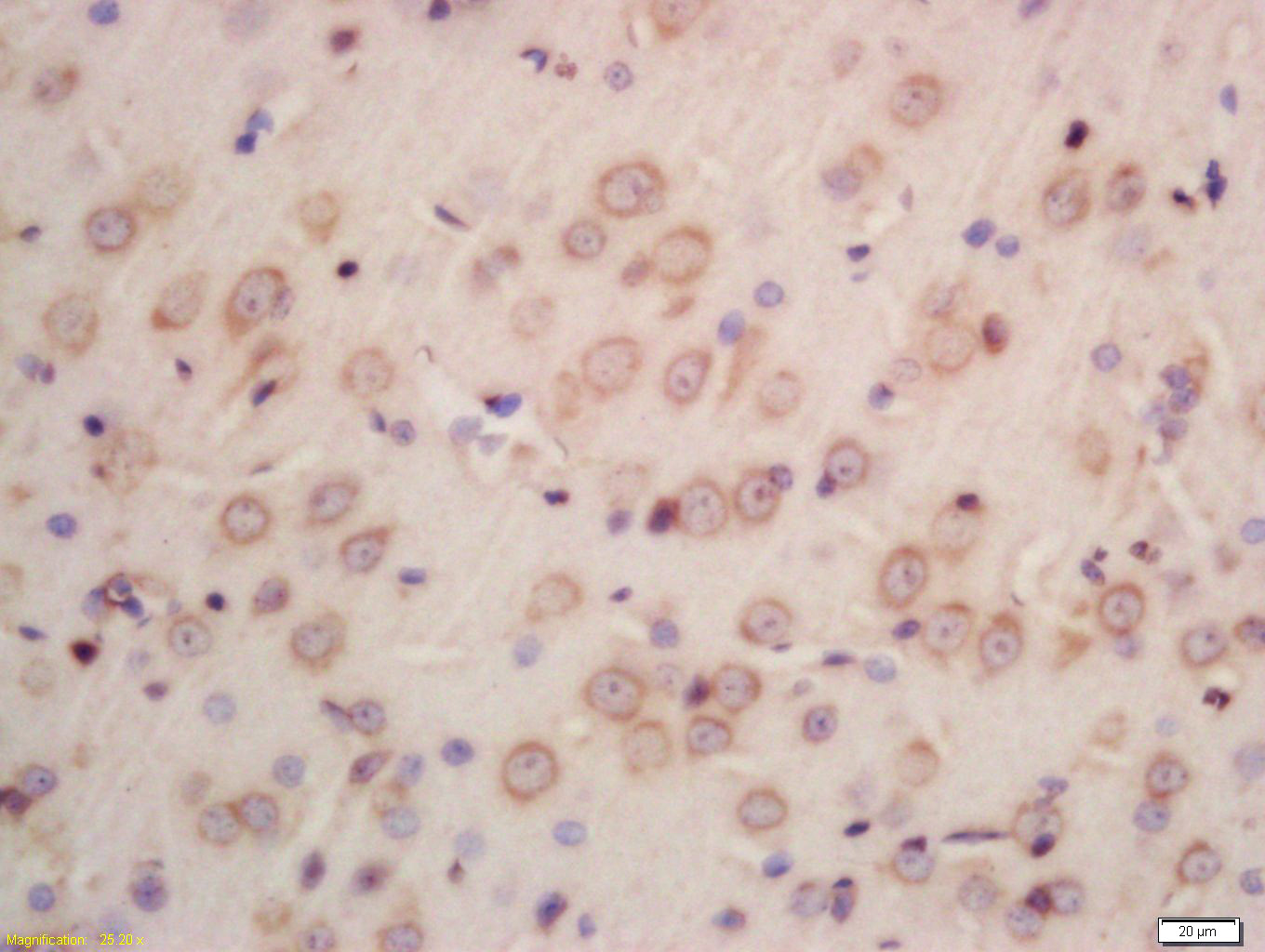sales@bioss.com.cn
techsupport@bioss.com.cn
400-901-9800
Host: Rabbit
Target Protein: INPPL1 Rabbit pAb
IR: Immunogen Range:701-800/1258
Clonality: Polyclonal
Isotype: IgG
Entrez Gene: 3636
Swiss Prot: O15357
Source: KLH conjugated synthetic peptide derived from human INPPL1:701-800/1258
Purification: affinity purified by Protein A
Storage: 0.01M TBS (pH7.4) with 1% BSA, 0.02% Proclin300 and 50% Glycerol. Shipped at 4℃. Store at -20℃ for one year. Avoid repeated freeze/thaw cycles.
Background:
INPPL1 is a phosphatidylinositol (PtdIns) phosphatase that specifically hydrolyzes the 5-phosphate of phosphatidylinositol-3,4,5-trisphosphate (PtdIns(3,4,5)P3) to produce PtdIns(3,4)P2, thereby negatively regulating the PI3K (phosphoinositide 3-kinase) pathways with wide reaching effects It plays a central role in regulation of PI3K-dependent insulin signaling and confers resistance to dietary obesity. It is part of a signaling pathway that regulates actin cytoskeleton remodeling. It regulates cell adhesion and cell spreading and acts as a regulator of neuritogenesis. It acts as a negative regulator of the FC-gamma-RIIA receptor (FCGR2A). and mediates signaling from the FC-gamma-RIIB receptor (FCGR2B), playing a central role in terminating signal transduction from activating immune/hematopoietic cell receptor systems. It is involved in the EGF signaling pathway.
Cytoplasm: cytosol and cytoskeleton; actin patch. Membrane; Peripheral membrane protein. Note: Translocates to membrane ruffles when activated, translocation is probably due to different mechanisms depending on the stimulus and cell type.
Size: 200ul
Concentration: 1mg/ml
Applications: IHC-P=1:100-500,IHC-F=1:100-500,IF=1:100-500
Cross Reactive Species: Mouse,Rat (predicted: Human,Rabbit,Pig,Cow,Dog,Horse)
For research use only. Not intended for diagnostic or therapeutic use.


